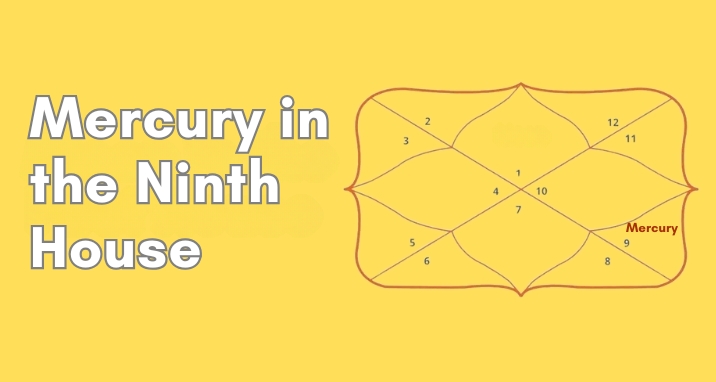Special Bhog Preparation For Deepawali And Kali Puja

Deepavali is the time of the year when the entire country is in a festive mood. Rituals may differ from one region to another, but the purpose and devotion are the same. During Diwali, many Hindu deities are worshipped apart from Maa Lakshmi and Bhagwan Ganesh. While most parts of the country worship Goddess Lakshmi on Diwali, people in West Bengal, Odisha and Assam worship Kali Maa on this day. People also worship Dhan Kuber, Dhanwantari and Maa Sharda (Maa Saraswati) during Diwali. One of the essential parts of every Sanatan Hindu festival is Bhog preparation. Bhog means preparations made at home for the deities that are offered to them during the puja. We Hindus, always prefer to prepare Bhog that we offer to our deities instead of buying them ready-made from the market.
Here are some bhog items that are prepared by Hindu devotees to offer to the deities on Diwali and Kali Puja:
White Coloured Items
According to the scriptures, white colour is considered very dear to Goddess Lakshmi. So, devotees prepare all types of white-coloured Bhog items they can on this day, like kheer, and different types of milk items. Offering sweets of this colour is considered very auspicious during Diwali. Therefore, you can prepare as many white-coloured sweets as you can on Diwali, and Maa Goddess Lakshmi will definitely enjoy your preparations.
Yellow Coloured Sweets
Along with white, you can also offer yellow-coloured sweets as yellow, too, is another favourite colour of Maa Lakshmi. You can offer yellow coloured sweets or laddus. Or can even prepare kesar bhaat, kesar kheer and besan ka laddu for Maa Lakshmi.
Desi Ghee Halwa
Desi ghee Halwa is considered very dear to Goddess Lakshmi. You can make halwa using semolina, carrot or flour in pure desi ghee.
Makhana ka Kheer
To please Goddess Lakshmi on Diwali, you can also offer Makhana Kheer. She becomes happy with this and gives blessings. It is believed that Goddess Lakshmi was born during the churning of the ocean, she loves the things found in the ocean.
Singhara
It is believed, that singhara, also called pani phal (water chestnuts) is one of the favourite fruits of Maa Lakshmi. So, you can offer it to her.
Chakotra
Known as Grapefruit in English is another favourite fruit of Maa Lakshmi that you can offer her.
Kheel Batashe
Diwali is incomplete without sweets and desserts like motichoor laddoo and kheer. But there are two other items without which the ‘festival of light’ is incomplete. These items are Kheel and Batasha. As they are prepared from the first batch of harvested rice, devotees believe that offering kheel and batashe to Goddess Lakshmi will bring health, wealth and prosperity.
Bhoger Khichuri
Bhoger or niramish khichuri (it is prepared in a Sattvic way) is a traditional Bengali dish that has great importance in Kali Pujo. Made with Gobindobhog rice, vegetables and spices like red chilli, cinnamon and garam masala, it is offered to Maa kali and then distributed as a prasad among the devotees. It has a heavenly aroma and divine taste. No onion or garlic is added to this.
Sattvic Vegetables
In Bengal, there is a tradition of accompanying Bhoger Khichuri with stir-fried vegetables and vegetables made in a sattvic way. Like Begun Bhaja (fried brinjal), Phoolkopi Bhaja (fried cauliflower), Potol Bhaja (fried pointed gourd), Kumdor Torkari (pumpkin sabji), etc. whatever suits the occasion. No onion or garlic is added.
However, in West Bengal, in some places there is a tradition of offering fish but not everywhere.
Betel Leaf
Offering betel leaf in the worship of Goddess Lakshmi on Diwali is considered very auspicious.
No festival is complete without bhog preparation and prasad distribution and bhog usually means sweet dishes. However, many times sattvic meals are also made for deities which are mostly khichdi and accompaniments. Hindus celebrate Diwali with great excitement and enthusiasm all over the country. Along with diyas, rangolis and firecrackers, Diwali is also observed with festive delicacies that are offered to all the deities worshipped. Apart from all the other items mentioned above, you can add motichoor laddus, kheer, peda, malpua, fruits, etc. In many places, people also offer dahi chooda (flattened rice) with jaggery, coconut and prepare sweets made of rice flour and wheat flour.
To learn more about the different types of bhog items that you can prepare for Diwali and Kali Puja, you can consult our learned pandits and astrologers.
What is the Significance of Celebrating Deepawali?
It is the day to celebrate the return of Bhagwan Shri Ram to Ayodhya after 14 years of exile after defeating the demon King of Lanka Ravana in Treta Yug. It is also the festival of worshipping Maa Lakshmi, the goddess of wealth and prosperity and Bhagwan Ganesh, the god of wisdom and remover of obstacles. Hindus also worship Dhan Kuber, the god of wealth. Deepawali is a five-day festival that starts from Dhanteras or Dantrayodashi, the day that signifies the emergence of Dhanvantari, the incarnation of Shri Hari Vishnu Bhagwan. He emerged from the churning of the ocean (Ksheersagar) during Samudra Manthan. All Maa Lakshmi, Dhan Kuber and Dhanvantari emerged from Samudra Manthan. Dhanvantari, the divine physician appeared with the pot of amrita (elixir of immortality) and a book of Ayurveda during the Samudra Mathana, while the ocean was being churned by the devtas and the asuras.
During Deepawali, Hindus of West Bengal worship Maa Kali and in some states like Gujarat, Hindus also worship Maa Sharda (Maa Saraswati), the goddess of knowledge, wisdom and learning along with Maa Lakshmi and Bhagwan Ganesh. In West Bengal in many parts, Hindus also worship Maa Lakshmi.
In all the aforementioned traditional Pujas of different Sanatan Hindu deities, one thing is common and that is the celebration of the victory of good over evil, light over darkness and knowledge over ignorance. People also seek the blessings of all the deities for a happy and prosperous life.









